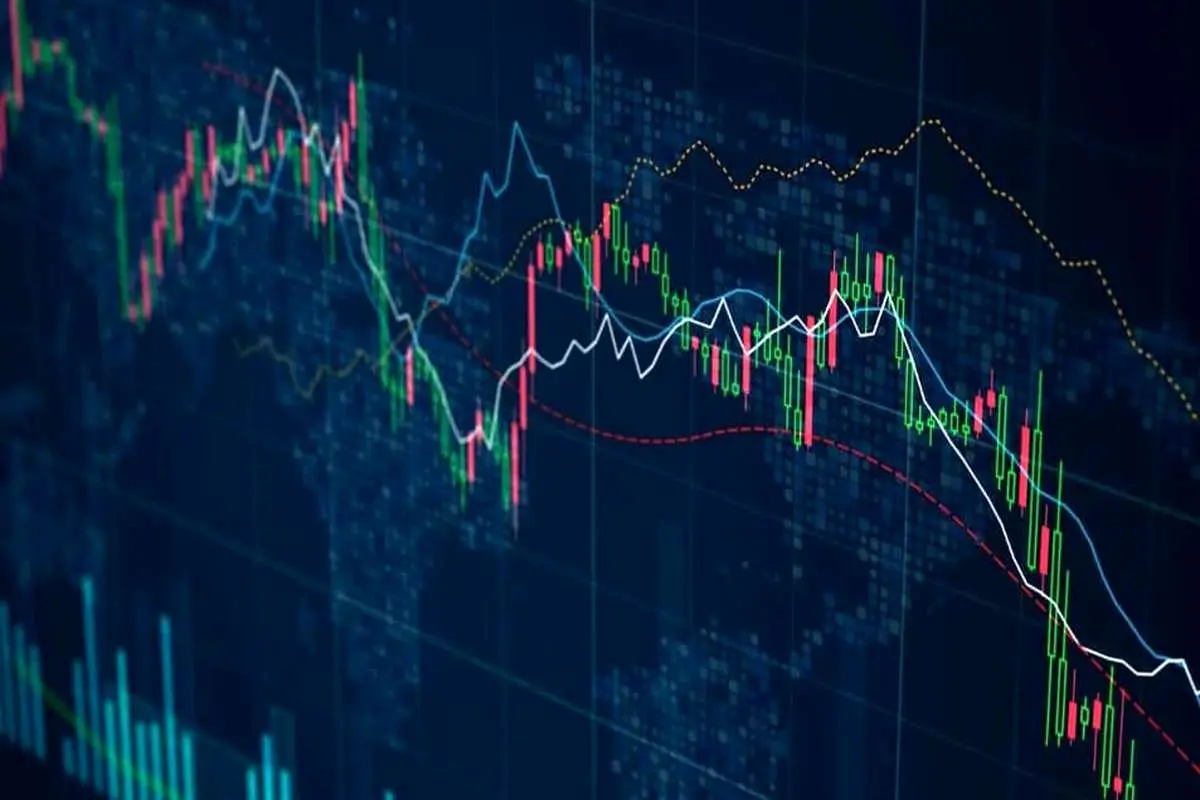Market sentiment analysis is a powerful tool for Forex traders, offering insights that go beyond economic data or price patterns, and focusing instead on the emotions and inclinations of investors and traders. The primary objective of sentiment analysis is to gauge the level of optimism or pessimism prevailing in the market, allowing traders to anticipate future price movements. In this article from Toofan Trading Academy, we explore how to use market sentiment analysis for Forex trend forecasting and the tools available for this purpose.
1. Understanding Market Sentiment Analysis
Market sentiment represents the collective attitudes and outlook of traders towards a specific asset or currency. It essentially reflects whether traders are optimistic (bullish) or pessimistic (bearish) about the price direction of a particular currency. Sentiment may be shaped by news events, economic data, political conditions, or even traders’ reactions to unexpected occurrences.
Sentiment analysis can help traders become aware of what the majority in the market thinks, using this information to make informed trading decisions. For example, if most Forex traders are optimistic about a specific currency, demand for it will likely increase, leading to a potential price rise.
2. Why is Sentiment Analysis Important in Forex?
Forex is a highly dynamic and volatile market influenced by various factors, including global events, economic policies, and the sentiments and behaviors of traders. Sentiment analysis offers traders an additional layer of insight alongside technical and fundamental analysis, helping them detect sudden shifts in market behavior to make more accurate trading decisions.
Some key reasons why sentiment analysis is crucial in Forex include:
- Identifying Overbought and Oversold Levels: Market sentiment helps pinpoint overbought or oversold conditions.
- Understanding Overall Market Direction: Sentiment reveals the prevailing bias of traders.
- Predicting Reactions to News: Economic news can quickly shift market sentiment, and sentiment analysis captures these shifts.
3. Sentiment Analysis Tools
Several tools are available to traders for market sentiment analysis, designed to help them understand the general market outlook.
Read More: When Not to Trade in Forex
a) Sentiment Index
The sentiment index is one of the primary tools for market sentiment analysis. This index indicates the percentage of traders who are buying or selling an asset. A widely known index is the “Sentiment Trader,” which shows the buy and sell activities in the market. For instance, if over 70% of traders are buying a particular currency pair, it may indicate an overbought condition, suggesting that the price could soon decrease.

b) Open Position Ratios
This tool is an effective method for sentiment analysis. Forex brokers often publish statistics on the ratio of open buy and sell positions for various currency pairs. This ratio helps traders understand the general direction of the market. For example, if the sell-to-buy position ratio is exceptionally high, it may signal a strong bearish trend in the market.
c) Volatility Indicators
Volatility Indicators: These portray the degree of market fluctuation. Very volatile markets are usually accompanied by very extreme sentiment. When volatility increases, that could be a signal that the sentiment has changed and a new price movement is about to begin. Indicators such as the “VIX” are useful in volatility analysis.
d) Social Media and News Monitoring
Social media and news are the two most effective sources of sentiment analysis. By monitoring the same, traders can easily get an idea about the general sentiment of people for the market. Twitter, Facebook, and forums like Reddit are excellent indicators of the sentiments of the traders. In addition to that, traders’ reactions to important economic news can also impact the market sentiment a lot.
Read more: The Role of Fundamental Analysis in Forex Trading Decisions
4. How to Use Sentiment Analysis to Predict Forex Trends
It works well as a supplement in both technical and fundamental analysis by providing market sentiment, thereby enabling traders to understand the trend better and make wiser decisions.
a) Trade Signal Confirmation
Sentiment analysis can be a means of confirmation of trading signals. For example, if your technical analysis indicates that a currency pair is bullish and through sentiment analysis you find that most traders are also long of this currency, then this could be a good indication of a successful trade.
b) Potential Reversals
It can also help traders identify potential reversals. If most traders are extremely optimistic toward a particular currency, that itself may have been an overbought condition and prices may fall soon.
c) Anticipating News Events and Market Reaction
It helps traders to anticipate how the market will react to any particular economic news. If the sentiment going into an important announcement is positive, market reaction will most probably push prices upwards. On the other hand, if the sentiment is bearish, even positive news will fail to result in a higher price.
5. Pros and Cons of Sentiment Analysis
Sentiment analysis is a great tool, but just like most tools, it too has its pros and cons.
مزایا:
- Early Detection of Market Shifts: Through sentiment analysis, indications of early trend shifts are derived.
- Identifying Overbought/Oversold Conditions: It helps in identifying potential reversal points in the market.
- Improved Accuracy of Decisions: It enhances the precision of decisions made when combined with technical and fundamental analysis.
معایب:
- Unpredictability: The market’s sentiment can be very volatile and may change in a very short time.
- Over-dependence on Sentiment: Believe it or not, having trust in sentiment and not in technical and fundamental data will drive one to wrong conclusions.
6. Conclusion
Sentiment analysis is a vital tool in Forex trading, where traders use market psychology and the change in sentiment to make precise trading decisions. By using various tools such as sentiment indices, open position ratios, and monitoring social media, traders would get an enhanced idea about the market’s direction and would be able to predict future trends. However, for results to come out in Forex trading, a trader needs to incorporate sentiment analysis with other forms of analysis.

Leave a Reply